Water heaters have become common appliances in Indian households. They are more convenient and safer compared to traditional water heating techniques. Whether you are upgrading the existing one or purchasing it for the first time, there are several attributes to consider while purchasing a geyser.
In the below guide, we have provided all the information necessary to make the right decision.
5 Important factors you need to know to make a perfect buying decision
Factor 1. Choose between: Instant vs Storage Geyser
Based on their abilities, water heaters are mainly categorized into two types – storage geysers and instant geysers. Before analyzing this factor, make sure to understand your requirements. It helps in picking the right option.
Knowing the difference between these two helps you identify which one is suitable for your needs. So, we have provided a clear illustration below for your reference. However, if you want more in-depth information, you can check out HERE.
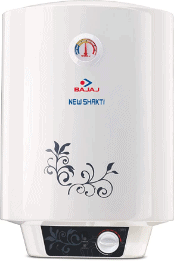
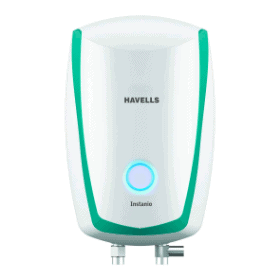
Factor 2. Choose between: Electric vs Gas Geyser
Based on their source of energy, water heaters are available in two variants – gas and electric. We have provided a brief description of each variant below for your reference.
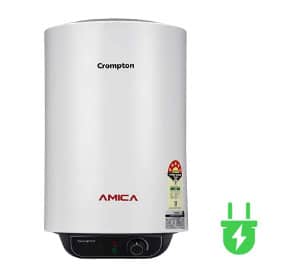
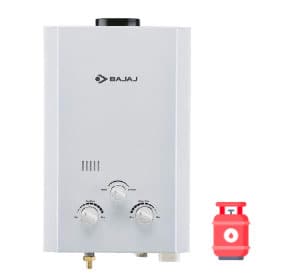
Factor 3. Choosing the right capacity for your usage
This factor depends on the usage, number of people in the house, purpose and others. For instance, if you have a large family, then purchasing a geyser with higher capacity or providing hot water quickly for a longer period is recommended. However, if you are a small family or just an individual, then it is better to invest in a small sized geyser.
To make things a bit easy for you, we have provided a table below representing family size, ideal capacity, type of geyser and others.
1 - 3 Litres


10 - 15 Litres


15 - 25 Litres


25 - 30 Litres
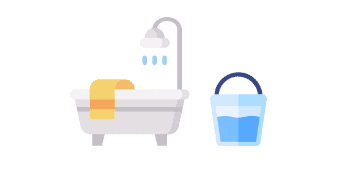

Factor 4. Power consumption & star rating
Being an electric appliance, it is very important to consider these factors before making the decision. We have explained these factors in detail for your reference.
Electrical water heaters add up to 15% of your monthly electricity bill depending upon the weather conditions and water usage. If you want large amounts of hot water, then obviously the power consumption will be higher as well. Most of the geysers come with an auto-shut off feature which stops working as soon as desired temperature is reached. This will prevent unnecessary power consumption.
To know about the average power consumption of a product, you can check out the brand label or specifications. However, if you want to calculate by yourself, then use the below formula. Units consumed = Water volume X Temperature difference X Cost of electricity.
Most of the branded water heaters come with BEE rating which represents the energy efficiency of the product. We recommend investing in models that have higher star ratings which means lower electricity bills. Below, we have illustrated ratings with their respective energy efficiency.

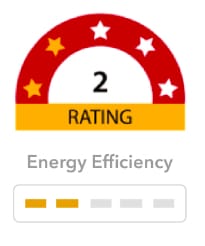
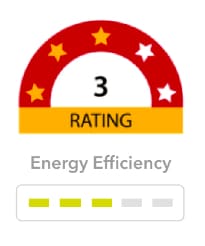
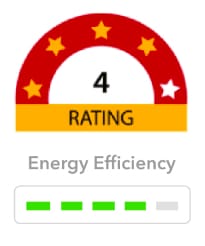
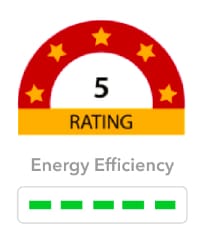
Factor 5. Other Feature to look for
This is the first factor to consider while purchasing a new water purifier for your home or office. Common water sources in Indian households are…
1. Thermostat

Most of the latest electric water heaters come with a thermostat that lets you set a temperature which further maintains the auto on/shut off feature. In combination with reset knob and pre-set thermal cut-out, it helps in protecting the geyser from sudden power cut and voltage fluctuations.
2. Inner & Outer Body Material
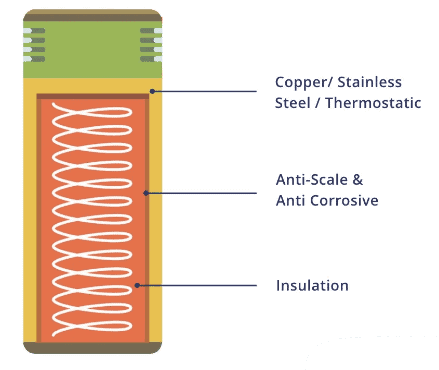
Materials used for water tank heaters are either copper, thermoplastic or stainless steel. Each of these materials have their own benefits and drawbacks. We have mentioned the information clearly for your reference. Check it out to know which is suitable for your needs.
Copper: It is one of the most used materials to build tanks for water heaters. As copper is a good conductor of heat you can get a quick response in heating the water. However, it causes corrosion, loss of heat and regular maintenance.
Stainless steel: Commonly used in most of the modern-day water heaters, stainless steel tanks are usually coated with anti-corrosive powder and glass lining to keep the tank free from corrosion and other electrochemical reactions. The insulation is better and also requires little to no maintenance.
Thermoplastic: A lesser-known material for a tank. However, thermoplastic tanks have a better non-corrosive feature when compared to copper. On the downside, they are not insulated.
3. Safety Valve
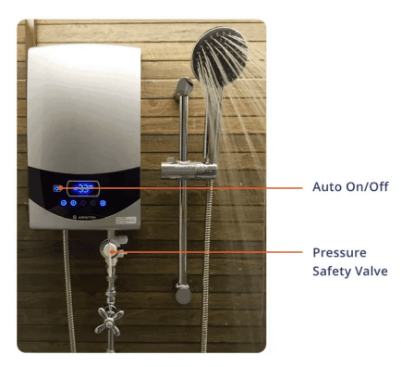
It is also known as a pressure relief valve which is responsible for discharging water when the pressure or temperature exceeds safety limits. This saves the water heater from failures.
4. Pressure Bars
Usually, the water pressure is calculated in bars. An ideal water heater with more than 6 bars can withstand high water pressure. Any lower than that, leakages and tank bursts can be expected. If you live in a high-rise building, it is better to go for a water heater with 7 to 8 bars. You can check out the pressure bar details in the product specifications. Some brands mentioned bars in terms of Mpa.
5. Warranty & Maintenance
Just like any other household appliance, warranty of a water heater is important as well. Most of the high brand geysers come with 4 to 5-years warranty on water tanks and 2 to 3 years on other parts. During the warranty period, if the product doesn’t work, you can get free replacement or repair work done without paying.
6. Insist on ISI Certification
ISI certification is very important as it represents the safety, durability and reliability of the product. Actually, this certification is a must as geyser is an electrical appliance so unreliable product means dangerous and risk of getting injured.

